Fashion’s future may be paused for now but expect fireworks when this lot gets cracking writes Janice Breen Burns. This story first appeared in Nine Media The Age/Sydney Morning Herald
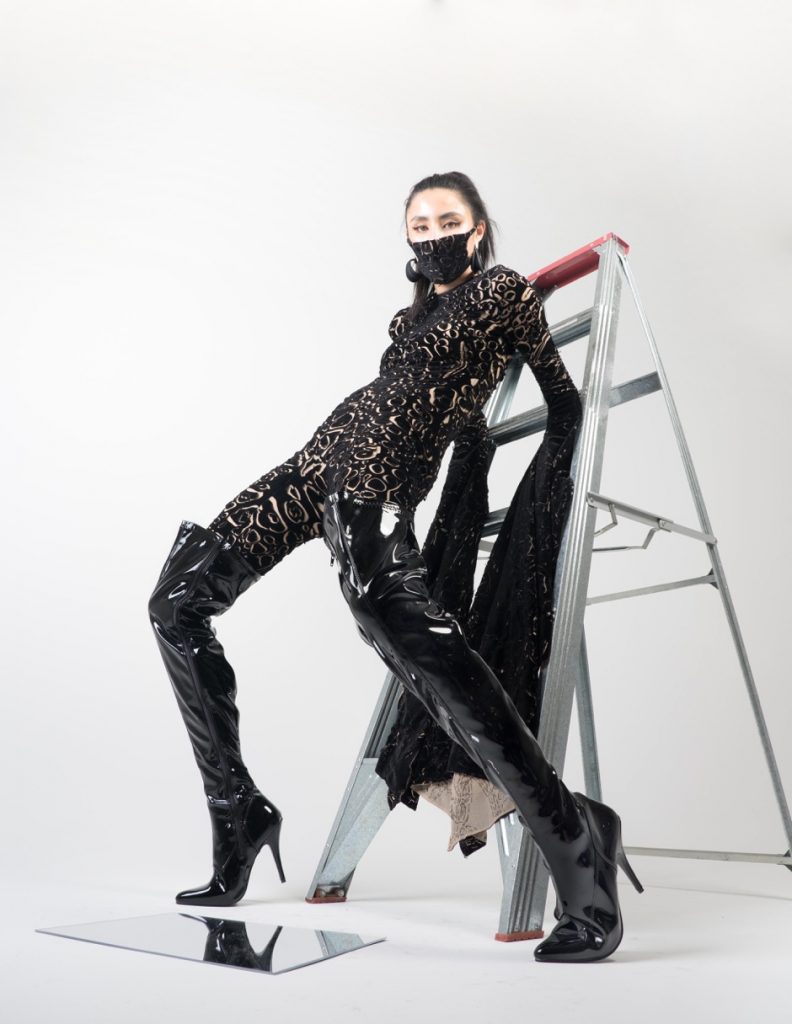
Five o’clock, Friday, March 13th, one hour before her “time to sparkle” on the 2020 Melbourne Fashion Festival’s swank National Graduate runway and fledgling designer Icelynne Yeo got the wind knocked well and truly out of her sails.
“It’s cancelled”. The text, from a friend backstage where Yeo had spent most of the day fitting models, rehearsing, checking hair and make up and faffing exhaustively with her RMIT graduate collection she’d meaningfully called, “The Beauty in Death”, was confusing. She’d only just left the Royal Exhibition Buildings herself, tired but fizzing, to frock up for the Big Night. Her family had flown in from Malaysia, for heaven’s sake. Cancelled? The text was a joke, surely. Then logic dawned, reality bit. Covid. Of course. “I was in shock.”
Yeo quickly returned backstage where a festival staffer, near tears, was explaining the need for urgency. Models with their hair and make-up half done were already streaming out. Workers were dismantling the runway. Yeo’s “moment to sparkle” was literally disintegrating in the chaos. “I was sad…dissappointed…then kind of relieved,” she says. “Better safe than sorry, right?” Right. The festival – albeit, its final weekend – was among Melbourne’s first major events to fall to Covid 19. Not the worst the pandemic yet had in store, but a bewildering jolt for Yeo and 11 other graduates picked from universities around the country to show their best work, to star as 2020 fashion’s creme de la creme designers of the future.
Later, acting CEO of the fashion festival, Yolanda Finch mustered the graduates for a Zoom debrief and mentoring session. It could have been depressing. It wasn’t. Finch, in fact, was “delighted”. Most graduates’ disappointment had dissolved into a searching optimism. Hope, even. And they were keenly observing how lockdown was impacting the fashion around them.
Four or more years spent forensically quizzing the why who and how of fashion in their honors and masters courses had equipped most with wishlists for a new kind of industry.
“Fashion should be about garments that are hand crafted, and about complex technologies, and about rich narratives. They should be things that you cherish for the rest of your life,” says Yeo, “Not just random things you buy (on a whim) from a random shop.”
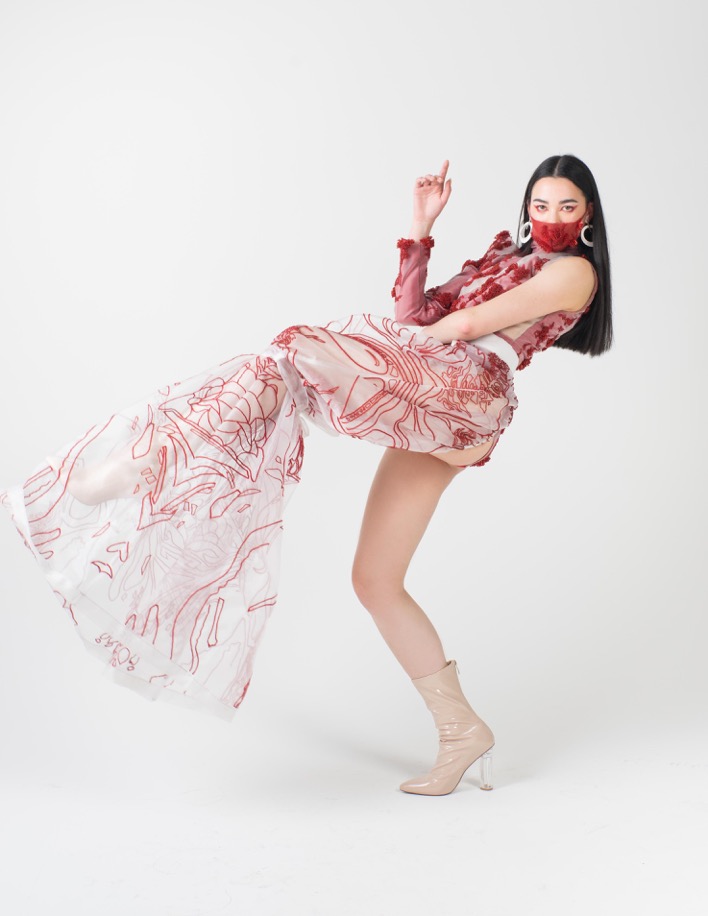
Most other graduates think so too (and invariably tack on; “local, ethical and sustainable”) but it’s a vision also dependant on a crazy planet-wide seismic shift in consumer behaviour. We’ve all got to stop chasing fastnasty frock bargains and become connoissuers of craft, quality and original design.
So this is what the graduates had started to wonder: could a post-pandemic world be that? Be our mythical “clean slate”?
Our 2020 graduates are split: dreamers and pragmatists. RMIT’s Bella Redman-Brown and Shrinvanti Roy, and Whitehouse’s Megan Taylor for example, are pragmatically planning to step sideways into, respectively, costume design, fashion as therapy, and designing for online brands and targetted-marketing campaigns. “(The pandemic) has really got me thinking how fashion’s a whole different ballgame,” Taylor says, “I wonder if the way we practice it now even has a future.”
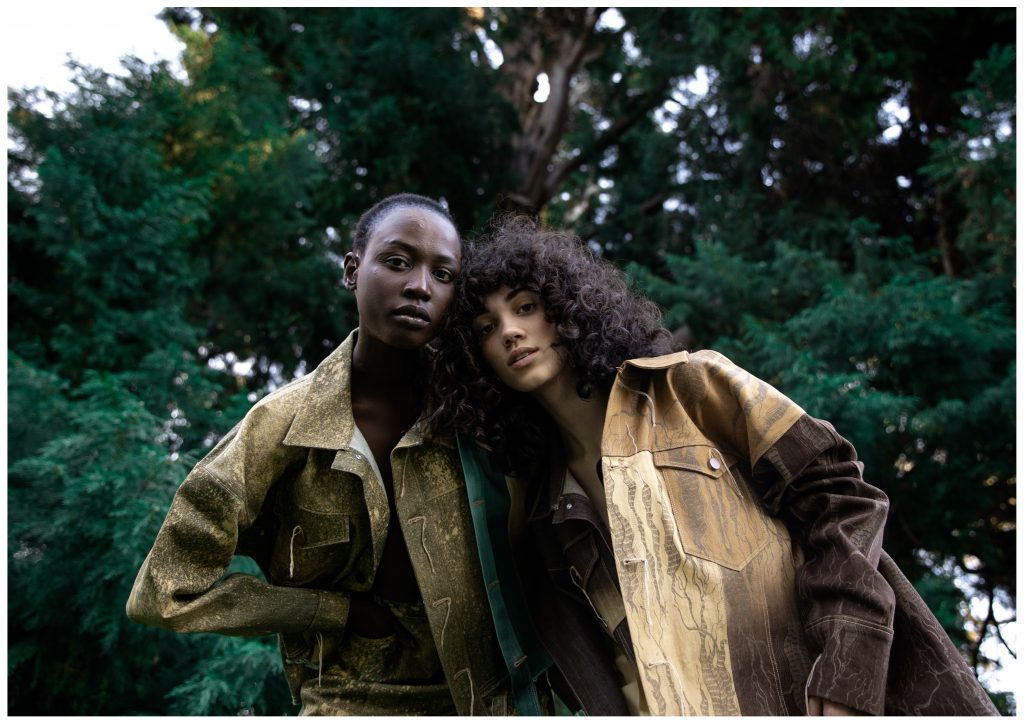
“We already have so much crap,” Redman-Brown adds, “So much excess (fashion)…with the pandemic, supply chains are so broken I don’t feel it’s right to produce more, to even start another (fashion) label..”
Redman-Brown has already switched out of mainstream fashion into costume design despite that her collection, ready to roll in the National Graduate Showcase on that fateful Friday 13th, was selected among the 12 most promising in Australia. “I’m not going to be totally separate from the industry,” she corrects, “But I’m more interested in the way people are consuming home entertainment and social media, and using fashion in the pandemic, almost like costume, to curate their identities.”
She’s intrigued, for instance, by lockdowners who snuggle at home for days in their PJs and trackies with NetFlix and telly then frock up – ta daa! lashes and heels – for an instapost. Slobbish to stylish in a single snap. “People are actually dressing up to get their takeaway coffee,” she laughs. “They get sick of (lockdown casuals) and just want that flambouyance.” She can see the phemonenon feeding into her blossoming costume design career.
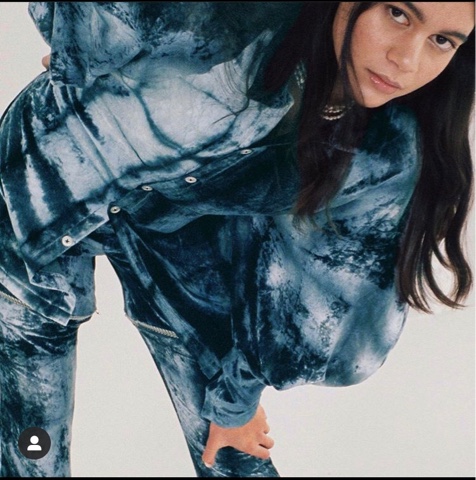
She’s not the only graduate to observe people using fashion in a particular way: dressing up to counter lockdown doldrums with a spirit-lifting blast of energy and feel-good vibes. “Hollywood did something like that in the second world war,” says Taylor, “They created fantasy dreamscapes to make people feel happy.”
It’s a puttin’ on the ritz approach to fashion that, Taylor believes, is increasingly affecting the way we consume and use it. “It’s fashion worn deliberately like a mask or a costume, not to pretend to be something you’re not, but to show the outside world who you are, how you want to be seen.”
It’s not a new phenomenon by any stretch but Taylor surmises it’s more pronounced now we’re dressing and undressing, switching back and forth between our “inside” and “outside” worlds.
She sees the two sartorial realms – ballgowns and pyjamas, so to speak – mixing too. “I can see this breakdown between “inside” clothes and “outside” clothes will happen.” she says. “People are relishing not having to wear, say, those uncomfortable shoes (high heels) they used to have to wear to work.”
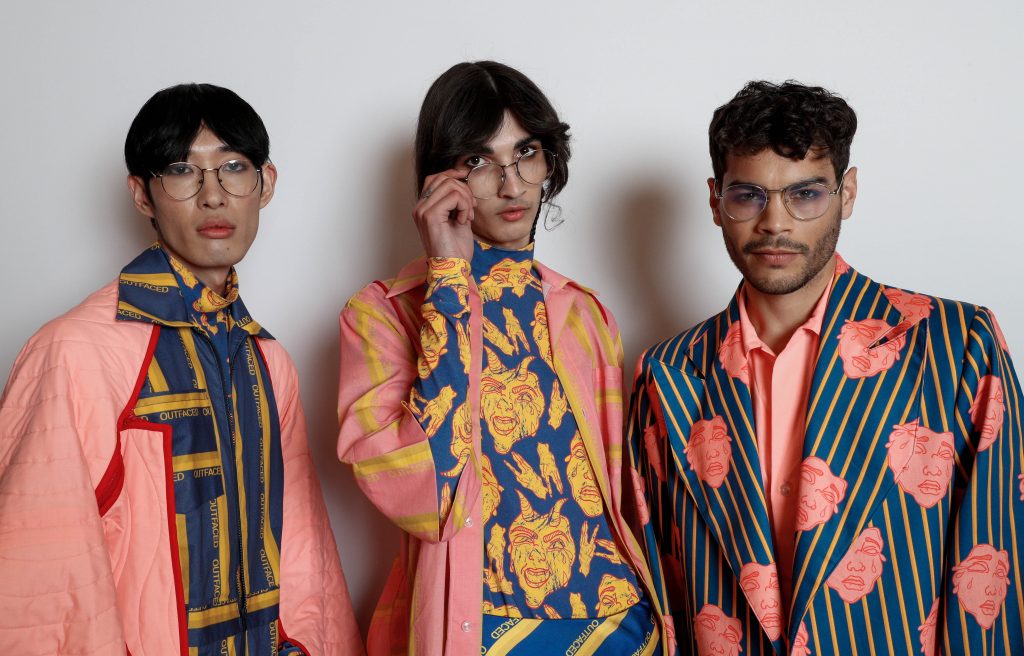
As we get more honest about what we do and don’t like about dress codes – business wear, formal wear, cocktails, smart casual, etc. etc. – we’ll abandon them, according to Taylor. She thinks future fashion could resolve into a mash of codes, cobbled for maximum expression: ballgowns with runners, pyjamas and high-heels, athleisure at a cocktail do.
Taylor’s own graduate collection, “Outfaced” is an upbeat gaggle of joyous original prints, silhouettes and inspirations from Shakespeare to 1940s mens’ suiting and propoganda posters. For now though, she’s happy on her alternative path, designing athleisure specifically for targetted online marketing by influencers (a story on its own). “A very 21st century business model,” she says.
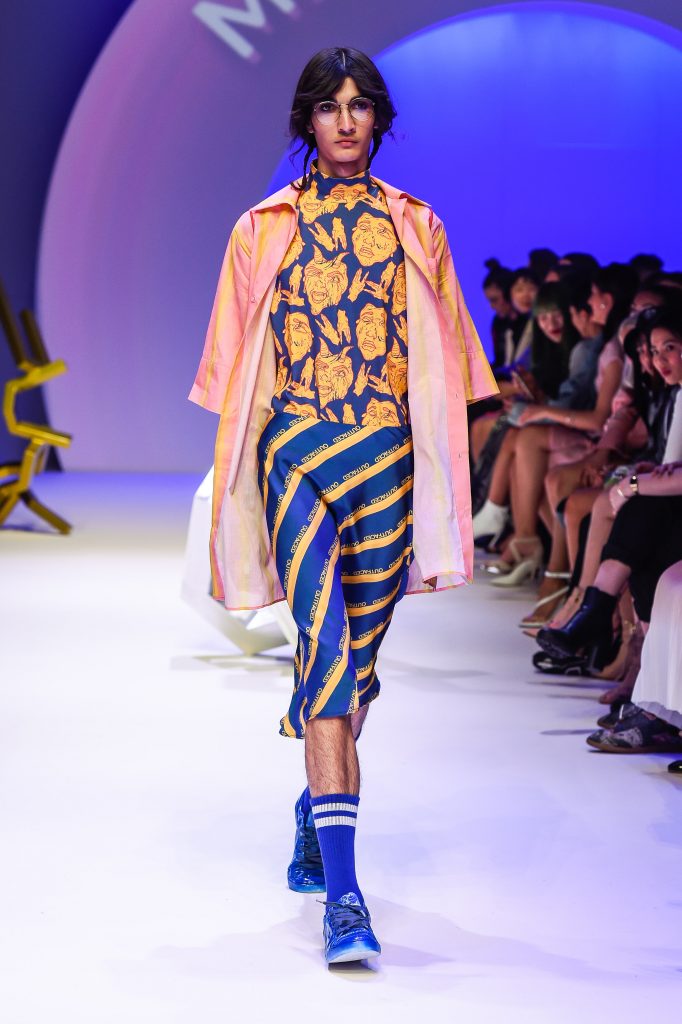
Icelynne Yeo, on the hand, is heading directly into the maw of the fashion industry, hoping her hand-crafted, technically intriguing original designs will seduce enough enlightened consumers so she can make a living.
Her collection “The Beauty in Death” is an elegant ode to a future in which we all own fewer, more expensive, and more treasurable clothes. Its ideas are loosely linked to the death of her grandfather and explore what she describes as, “the beauty in the unbeautiful”. It sounds macabre, but the designs are evocative and relateable. “All my ideas are about the anatomy, the muscles, the veins, the idea of life and death co-existing.”

Yeo echoed components of the human body with embroidered surfaces on robust fabrics, and meticulous cut-work on gauzier pieces. In a fluke of pre-pandemic ingenuity, she also designed matching face masks to express, “the necessities of human survival”.
The hero of her collection however, is a delicate 3D printed webbed bodice, a soft vascular-like layer that floats slightly away from the wearer’s body. Yeo designed it in collaboration with architect and RMIT tutor Andres Rivera for a rare 3D printing process they commissioned in Berlin. It took six months of experiment and several thousand dollars to perfect their prototype. “But in future, the technique can be made to be used more commercially,” Yeo says, “To make the pricing lower so you could wear something like this with just a T-shirt or a dress…”
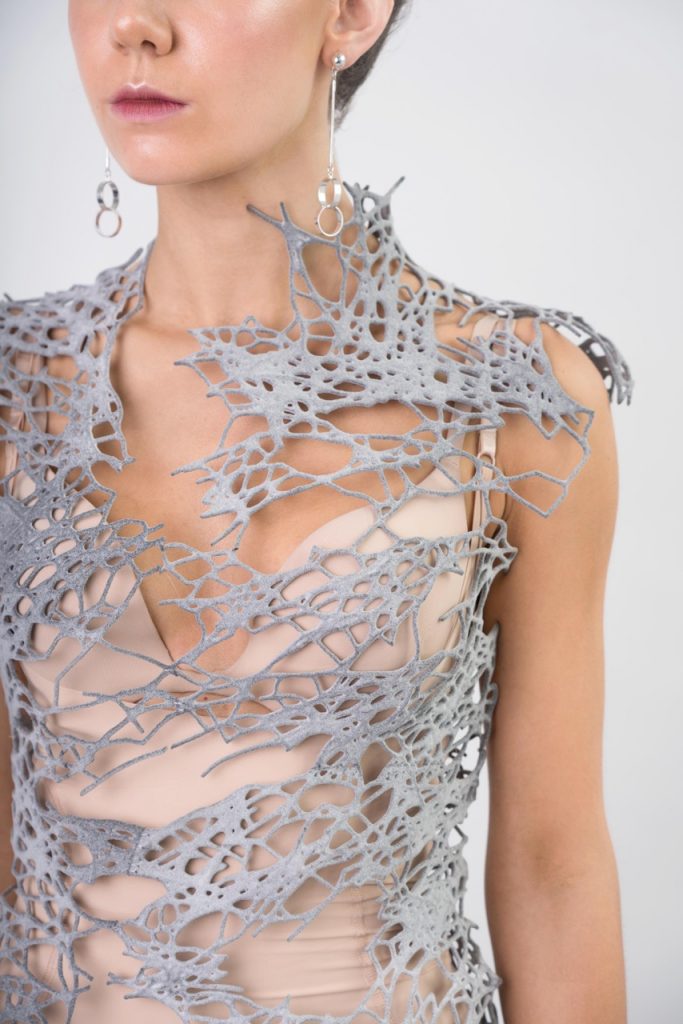
It’s this commercial “scaling-up” of meaningful, treasurable clothing, that often stumps visionaries seeking solutions to the fashion industry’s woes. Good fashion is simply, never cheap. And, despite that many “fastnasty” brands were already well into rooting out their toxic and unsustainable practices before the pandemic, cheap-seeking, trend-driven consumers are still the majority, and seen as a major blocker to any possible new world order.
Most graduates articulate some version of the theory that, if more of us patronised local ateliers and paid more for rarer, more handcrafted and sensitively made garments that chime with our psyche instead of identifying us as simply “fashionable”, the industry would more easily be “fixed”.
“We need to slow down, appreciate what we already have,” says RMIT honors graduate Jordyn Smith, “Not, “I need more, more, more, more..”
Smith’s graduate collection, “Prometheus” is a study in what she calls “emotional connection”. “We all need it,” she says. “There’s always some kind of narrative or story that I’ve built into my garments that I want people to explore and understand when they wear it or view it.” She calls her mashing of disparate elements and ideas, “Frankensteining”. “I sort of collage found objects and garments together to create silhouettes. It’s all happenchance…..”
In “Prometheus” she’s mixed richly patterned and textured deadstock fabrics into carefully considered style tropes with a nostalgic, familar ping: tailored silhouettes, slackly draped kilts, finely knit jumpers, classic blouses with broad “power dressing” shoulders, cuffed city shorts, human faces in patterns and statement motifs.

Scaling up production of such “happenstance” garments to commercial levels would be virtually impossible but Smith believes in a post-pandemic world it will matter less than it every has. Small, local ateliers that harvest nearby sustainable resources are an ideal fit for a future fashion. “I’ll always embrace the (suppliers) and workers around my neighbourhood,” she says. “It’s not a limitation if you think about it the right way, it’s more; “Here are your resources, now go wild!”
2020 Melbourne Fashion Festival National Graduate Showcase finalists:
Bella Redman-Brown, RMIT University
Domenic Roylance, University of Technology Sydney
Faiha Rahmani, University of Technology Sydney
Jordyn Smith, RMIT University
Icelynne Yeo, RMIT University
Kim Clark, RMIT University
Megan Taylor, Whitehouse Institute of Design
Rene Nguyen, University of Technology Sydney
Yumi Wang, RMIT University
Shrinvanti Roy, RMIT University
Syna Chen, RMIT University
Jake Liu, RMIT University





